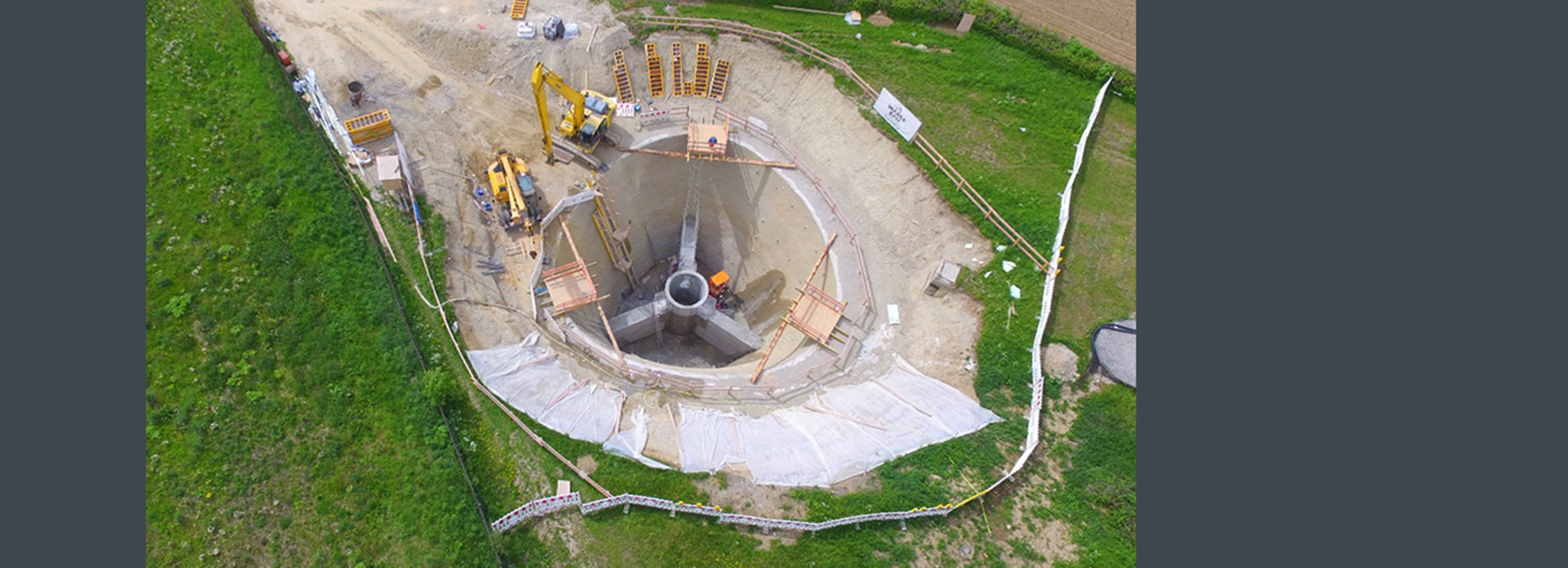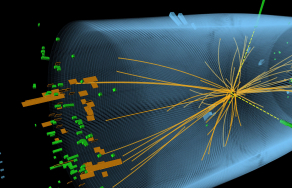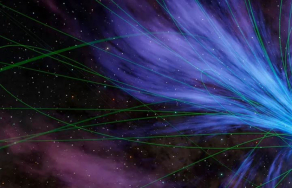SEMINÁRIO DE FÍSICA
Título: Exploiting the Sagnac Effect in Geodesy, Terrestrial, and Planetary Geophysics
Orador: Heiner Igel (Department of Earth and Environmental Sciences, Ludwig-Maximilians-University Munich, Germany)
Zoom: https://videoconf-colibri.zoom.us/j/87902857421
Abstract-video: https://www.youtube.com/watch?v=VGZZCs78yEo
In seismology the vibrations measured at the interface between the atmosphere, ocean, and the solid Earth are used to study the local or global structure of the Earth’s interior and the sources of seismic waves such as earthquakes or others. Recently novel – optical – ground motion sensing technologies revolutionize the way we measure those vibrations. This concerns the observation of additional “rotational” motions of the ground, or strain observations along fibre optical cables (distributed acoustic sensing). The rotation sensors make use of the so-called Sagnac Effect. The Sagnac effect – experimentally confirmed in 1913 in an attempt to prove the existence of ether – allows the observation of the speed of rotation perpendicular to a closed optical path by interference of counter-propagating light beams. The effect is the basis for the construction of ring lasers that enable measuring the Earth’s rotation rate (ground based) and its variations at very high precision providing an alternative to VLBI (very long baseline interferometry). We report on the construction of ROMY, the first large, tetrahedral shaped multicomponent ring laser installed at the Geophysical Observatory near Munich, currently the most accurate instrument to measure directly the complete vector of Earth’s rotation. The four 12-m side length triangular ring lasers allow constraining polar motion to within 30cm precision. What geodesists consider as noise is a new signal for seismology: Earthquakes (and the oceans) generate local rotational ground motions that are detected by ring lasers. While seismology is almost entirely based on the observation of three orthogonal displacement components (seismograms), complete ground motion observations must also include rotational motions. This has recently led to a new field (rotational seismology) with interesting applications ranging from earthquake physics, to engineering seismology, and planetary geophysics. We discuss the physical principles of the optical instruments (including portable fibre-optic gyros) and emerging results in the various scientific applications.







